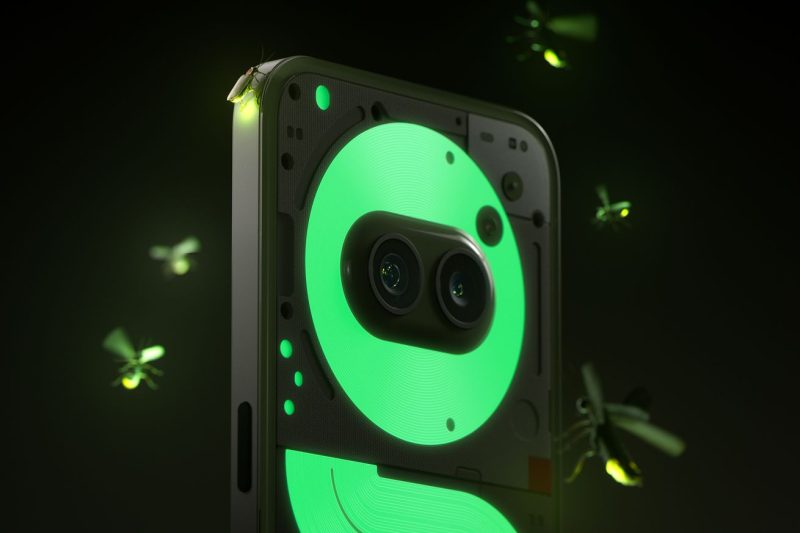The Growing Trend of Glow-in-the-Dark Technology in Smartphones
The recent announcement by smartphone manufacturer Nothing that they are working on a glow-in-the-dark phone has sparked interest and curiosity among tech enthusiasts. Glow-in-the-dark technology, which uses materials that absorb and store light energy to emit a glow in the dark, is not entirely new in the tech industry. However, its application in smartphones is relatively novel and holds intriguing possibilities for the future of mobile devices.
One of the key advantages of incorporating glow-in-the-dark elements in smartphones is enhanced visibility and aesthetics in low-light conditions. Users often find themselves struggling to locate their phones in the dark, whether on a bedside table or in a dimly lit room. By having a phone that emits a soft glow, users can easily locate their devices without fumbling in the dark or disturbing their sleep by turning on bright lights.
In addition to practical benefits, the introduction of glow-in-the-dark technology in smartphones opens up creative and customizable design opportunities. Imagine being able to choose from a variety of glow-in-the-dark patterns or colors for your phone’s back panel or accents. This could add a fun and personal touch to your device, setting it apart from the sea of monotonous smartphone designs in the market.
Furthermore, the integration of glow-in-the-dark materials in smartphones aligns with the growing trend of eco-conscious and sustainable technology. These materials typically rely on phosphorescent or photoluminescent compounds that do not require batteries or electricity to emit light. By reducing the need for additional power sources, glow-in-the-dark technology could contribute to overall energy savings and environmental sustainability in the tech industry.
Despite the potential benefits and appeal of glow-in-the-dark smartphones, there are still challenges and considerations to address. One aspect to consider is the longevity and efficiency of the glow-in-the-dark materials used. Manufacturers would need to ensure that the materials can retain and emit light effectively over extended periods without significant degradation in performance.
Moreover, the aesthetic and functional integration of glow-in-the-dark elements into smartphone design must be carefully executed to maintain a sleek and seamless look while providing practical utility. Balancing form and function will be crucial in ensuring that glow-in-the-dark technology enhances user experience without compromising the overall design and usability of the device.
As we look towards the future of smartphone innovation, the inclusion of glow-in-the-dark technology represents a promising direction that combines practicality, personalization, and sustainability. While the concept of glow-in-the-dark phones may currently be a novelty, it could evolve into a mainstream feature that redefines how we interact with our mobile devices in the dark. The potential for glow-in-the-dark smartphones to offer enhanced visibility, creative design options, and eco-friendly benefits makes them an exciting prospect to watch out for in the ever-evolving world of tech.

